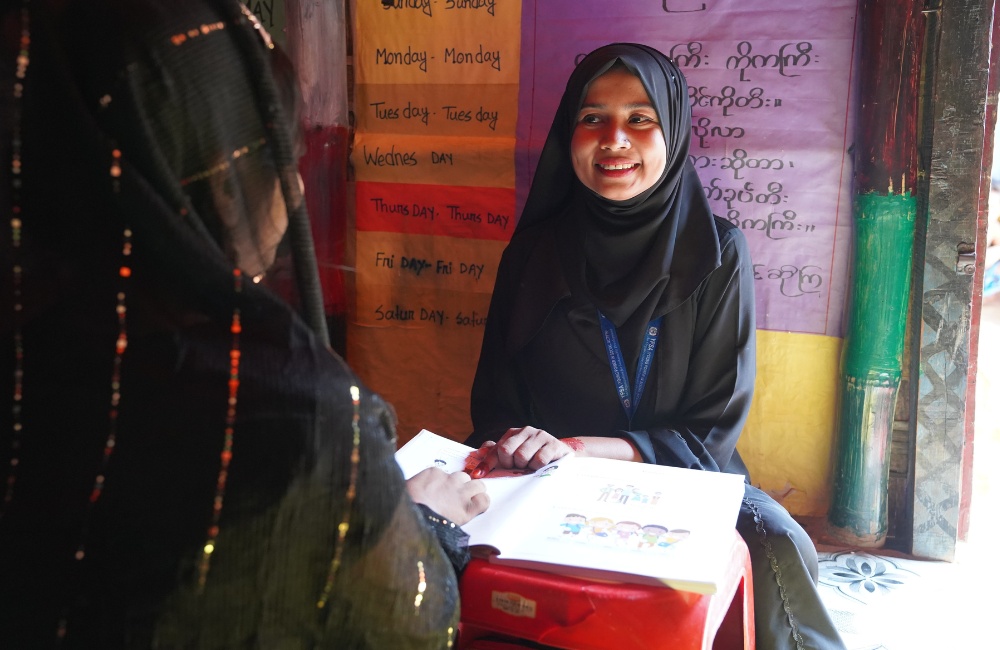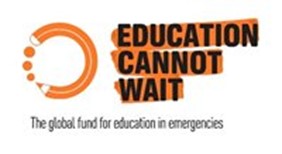
The staff at Save the Children and Young Power in Social Action have created a supportive space for
young people within the refugee camps.
Photo: Rubina Alee / Save the Children
With encouragement from her teachers, Sofaida has blossomed academically. “We provided individual attention to Sofaida, offering specialised training to address her specific learning needs,” explains Kulsoma.
Thanks to the positive and safe environment at the CBLF, Sofaida is not only gaining knowledge but also finding joy in learning.
“I especially enjoy reading poetry,” she says.
Learn, grow, thrive and dream
The specialised care Sofaida received included physical therapy from our partner, Humanity & Inclusion, which has made it possible for her to move independently. “I couldn’t walk before. After doing some exercises, now I can walk reasonably well,” Sofaida shares.
With the support of Education Cannot Wait, our staff and partners have worked tirelessly to create a supportive space for children, particularly adolescent girls, within the camps.
“For this reason, the parents of the learners feel interested in sending their daughters here,” Kulsoma says.
For Sofaida and so many others, this Community-Based Learning Facility isn’t just a place to learn — it’s a place to grow, thrive, and dream. With continued support, Sofaida now has the opportunity to build a brighter future.

This work is funded by Education Cannot Wait.
*Name has been changed to protect identity